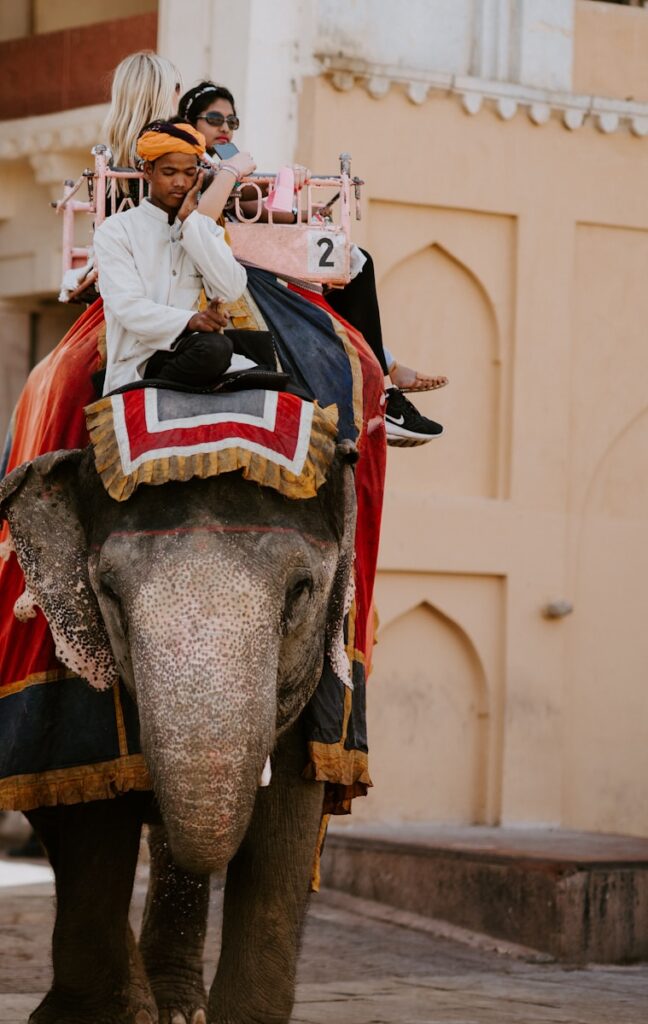For more than 500 years, Japanese tradition has marked the annual Buddhist holiday known as Obon (お盆). During this traditionally three-day event, people pay tribute to their ancestors, whose spirits are believed to return to this world each year to visit their living relatives.
While contemporary celebrations of Obon have become synonymous with dancing, family reunions, and the consumption of cultural foods, Obon holds a deep historical and spiritual significance in Japan. Believed to have originated in India and later spread throughout Asia, Obon festivities reflect the story of a disciple of Buddha. In the original tale, the disciple employs supernatural powers to contact the spirit of his deceased mother. Upon finding her in the “Realm of Hungry Ghosts,” the disciple seeks Buddha’s guidance to rescue her from a fate of insatiable hunger. Following Buddha’s instructions, the disciple prepares offerings of food and lanterns for traveling Buddhist monks, which ultimately leads to the liberation of his mother’s spirit.
Traditionally, Japanese people hang lanterns in front of their homes to guide their ancestors’ spirits, perform Bon Odori (Japanese folk dances), listen to taiko (the art of Japanese drumming), visit and clean their ancestors’ graves, and make food offerings at their home altars. At the conclusion of the three-day celebration, floating lanterns are released into bodies of water to guide the spirits back to the realm of the deceased.

Following the lunar calendar, Obon typically falls around the middle of August. Consequently, in Japan, Obon is primarily observed from August 13-16 and is considered one of Japan’s three major holiday seasons alongside Golden Week and New Year’s. However, according to the solar calendar, Obon occurs a month earlier, resulting in celebrations in other countries like the United States typically taking place during the middle of July. Additionally, in China and Vietnam, a similar celebration occurs under the name of the Hungry Ghost Festival. Obon festivals also take place in Malaysia and Korea, albeit under different names.
This year, I attended one of the largest Obon celebrations in the U.S.: the 2023 West Los Angeles Buddhist Temple Annual Summer Obon Festival. Resuming after the pandemic hiatus, the 2023 Obon marked the first of its kind in four years. Welcomed back enthusiastically by the Japanese-American community of Los Angeles, this year’s Obon was a vibrant experience.
The event seamlessly blended traditional elements of Obon with more contemporary aspects celebrating the local community. For example, I participated in a tea ceremony demonstration, where the ceremony master followed the Zen Buddhist tradition of meticulously preparing cups of matcha according to longstanding choreography. Alongside the tea, we were served a small mochi confection topped with a sweet gelatin layer and fish decal. Personally, I enjoy the chewy, starchy, and subtly sweet flavor of mochi. Unsweetened matcha, however… not my cup of tea.
Following the tea ceremony, I explored a panel of booths manned by various fundraising community groups. There was a wide variety: ring toss, a fishbowl-throwing game with live goldfish as prizes, muffin pan Moneyball (a form of horizontal pachinko), seasonal fruits and vegetables, and event merchandise. Additionally, the West Los Angeles Buddhist Temple kitchen served up some Japanese favorites, including gyoza, curry rice, chili hot dog rice (despite sounding relatively unappetizing, my boyfriend claims this is a beloved Japanese-American staple), onigiri, shaved ice, and teriyaki chicken bowls. The gyoza, filled with ground pork, seasonings, and chopped cabbage, was steamed to perfection. A side of pickled cabbage provided a sharp tang to pleasantly contrast with the umami gyoza filling. I also sampled the chili hot dog rice, which, while simple, offered a complex flavor profile that transcended cultural borders. The combination of chili, said to have Texan-Mexican origins, and hot dogs, a distinctly American cuisine, served at a Japanese festival surprised my taste buds in a surprisingly agreeable way.
The highlight of the evening (which could have been bingo, had I actually won anything and not wasted $10 on cards) was the Bon Odori. In the outdoor courtyard, large, concentric circles marked in chalk indicated lanes in which to dance. All participants lined up in a lane, the taiko drums started, and the dancing proceeded forward slowly in a counterclockwise motion. With no prior experience with Japanese folk dancing, the Bon Odori circle seemed daunting at first. However, I was encouraged to simply jump in and mimic the person in front of me. The movements were simple and repeated continuously, making Bon Odori steps easy to pick up and suitable for all age groups. It was rhythmic, soothing, and incredibly enjoyable.
Anyone interested in participating in an upcoming Obon ceremony can search for their local Buddhist temple’s event listing. For UC Santa Barbara students, the Buddhist Church of Santa Barbara is hosting Obon on August 12. San Luis Obispo (SLO) also offers an Obon celebration at the SLO Buddhist Church on August 5. I highly recommend attending for anyone interested in Japanese food and culture!